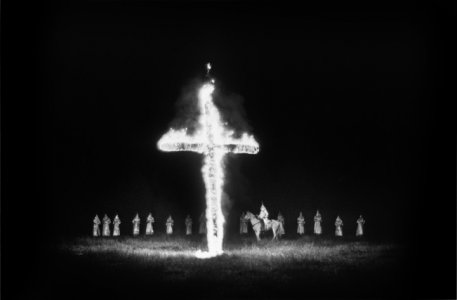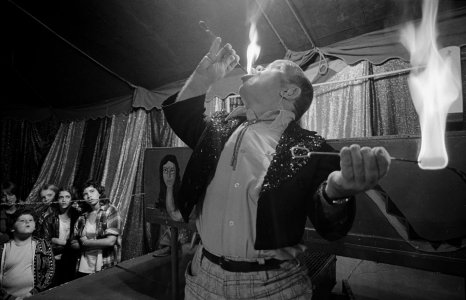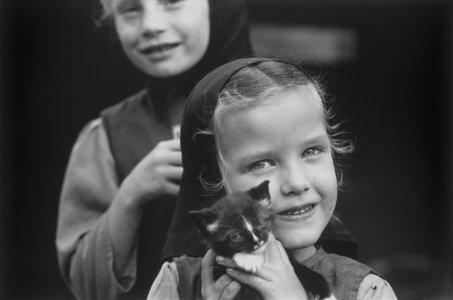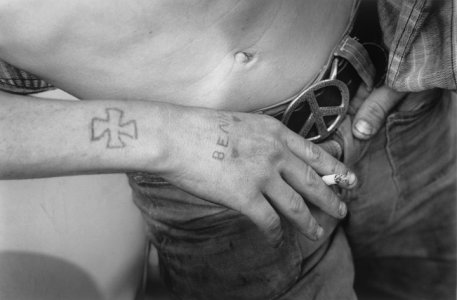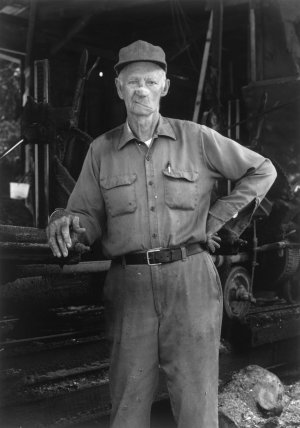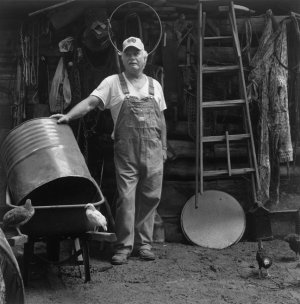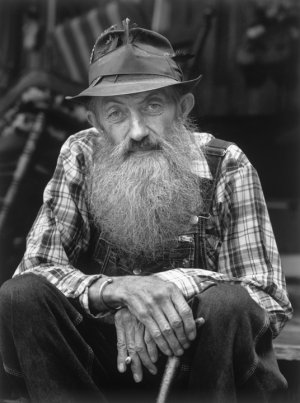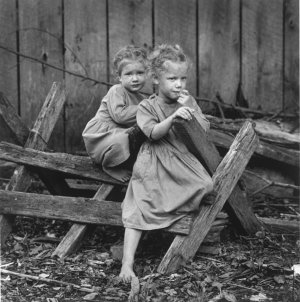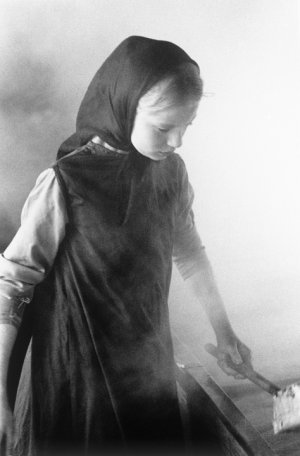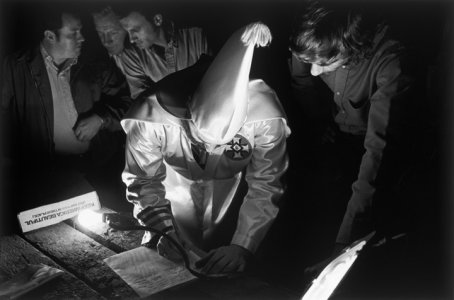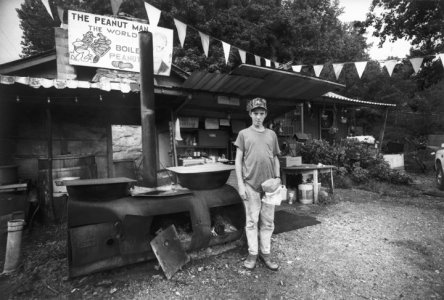Erik van Straten
Veteran
Yes, that exactly is split grade printing.Oddly enough I might employ multiple grades to print that image. Trying to burn the sky with the current contrast grade would be problematic because there's really no good way to do it without also darkening the tops of the trees and making them look unnatural. So, I'd print the top half of the picture with a lower contrast filter to bring some tone back into the sky if there is any in the negative. Might try burning the water a tad with the same lower contrast filter. Bottom half of the photo looks ok although I might try dodging the dark areas of the bank and base of the trees on the left just a tad to salvage some detail. But retain some pure black in those areas for impact.
Or alternatively print the entire image with lower contrast for more mid range detail, which is kinda how these scenes look in real life -- a bit hazy and soft.
Erik.


